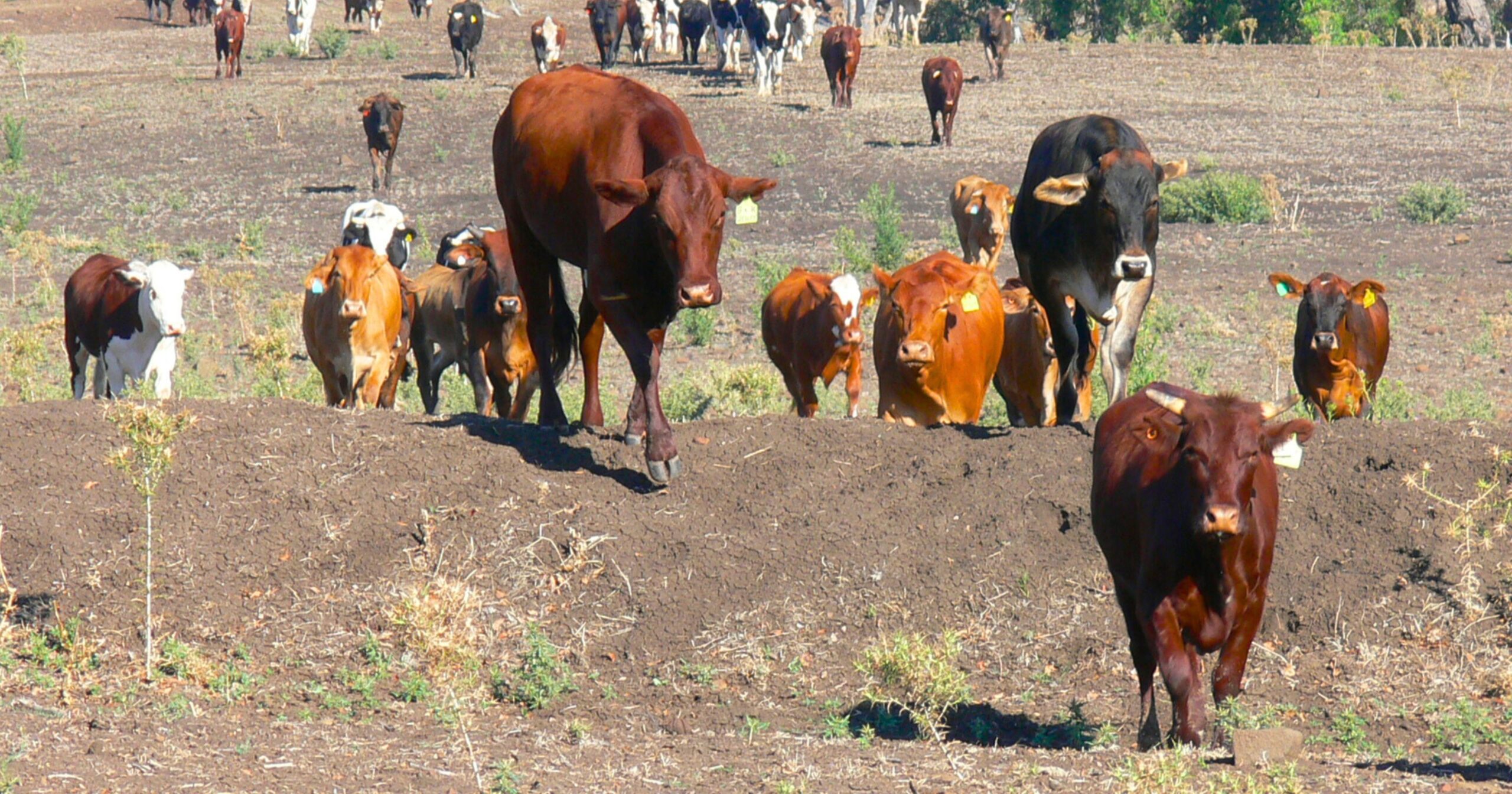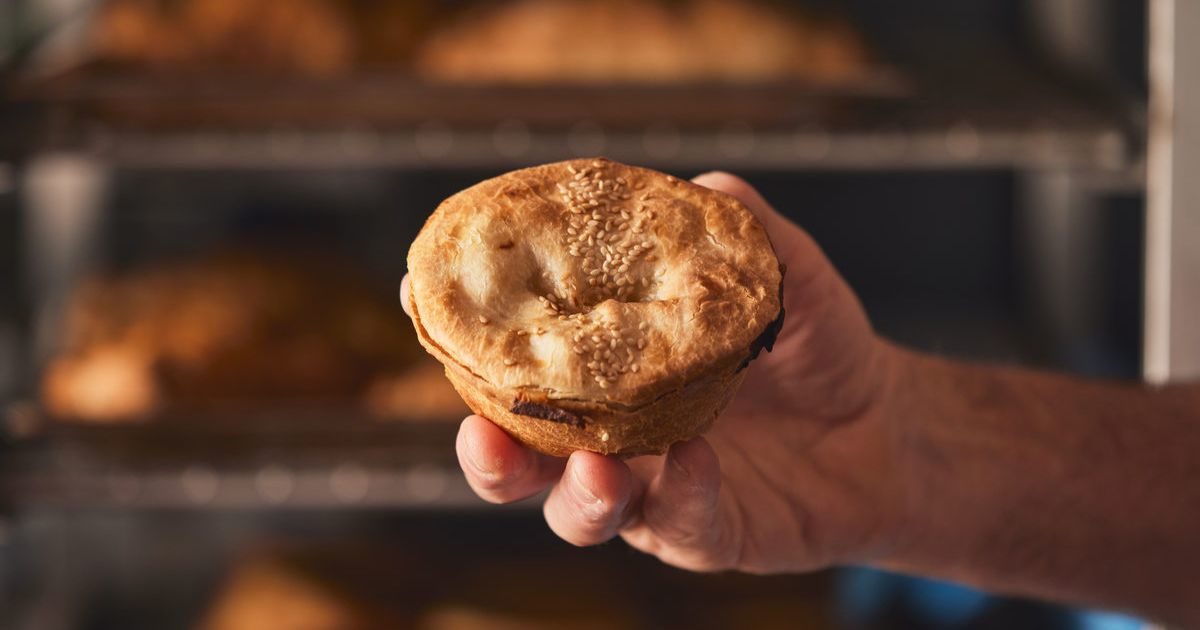Help feed native animals

In need of a feed: Wildlife in care, including Summer the possum, require more browse as they grow older. Photo: SUPPLIED
A LOCAL wildlife advocacy group are growing special food for rescued and rehabilitated animals, and are asking for the community’s help.
The Gordon Wildlife Alliance isn’t an incorporated community group yet, but it’s already working to support local wildlife – including through the “Browse Gardens Project”.
The term “browse” refers to the kind of native vegetation eaten by animals, and people that care for wildlife are unfortunately unable to grow enough.
Gordon Wildlife Alliance co-ordinator Heidi Johnson is hoping the community can help, by growing supplementary browse supplies for wildlife rescuers and carers.
“We’re simply a group of committed volunteer rescuers and wildlife advocates, co-ordinated by myself, trying to support shelters and rescue and rehabilitation initiatives in the region,” Ms Johnson said.
“At the moment, we want to reach out to the local community to see who is interested in participating in the Browse Gardens Project.
“Then when we know how many participants we have, and have a chance to assess their properties in terms of what they can grow there, we can address the logistics of plant species decisions, nursery orders and so on. As far as possible, we plan to use local Landcare Nurseries and the Wadawurrung Indigenous nurseries for plant supply.”
“The other key component in the Browse Gardens Project, is connecting gardener participants with the carers and shelters raising and rehabilitating wildlife.
“As they will need to come out to collect the browse regularly when they have animals in care, we hope to form positive partnerships between them and tackle issues of distance.”
The focus is on the area from Ballan to Ballarat, as most of the carers the Gordon Wildlife Alliance deal with are west of Ballan.
Ms Johnson is hoping that not only can people contribute to the project, but that the concept of browse gardens as a whole can take off.
“I’m in contact with one of the editors of Gardening Australia Magazine, and they have mentioned our Browse Gardens Project in one of their articles recently,” she said.
“Therefore I am hopeful that this concept can thrive – and so can the plants.”


















